Today we’re going to look at some ways of playing chords with high gain amp settings.
With high gain, power chords sound great, basic triads can sound pretty good too depending on your tone.
7th Chords and beyond however, start to sound ‘muddy’ and unclear like this:
One possible solution to this problem is to have two guitars share the notes of the chord, using slightly different tone settings on each guitar.
This can work really well if you’re playing in a band with two guitars or even if you’re a solo artist pre-recording backing tracks. Let’s look at some example’s:
Em7:
E minor 7 contains the notes E, G, B and D. First let’s look at how the notes relate to each other to help us decide how to split the chord up.
E-G = m3 | G-B = Maj3 | B-D = m3 | D-E = 2nd or 9th
E-B = 5th | G-D = 5th | B-E = 4th | D-G = 4th
E-D = m7 | G-E = 6th | B-G = m6 or Aug5th | D-B = 6th
As you can see there are a lot of intervals happening between the notes. I’ve put E-B and G-D in bold. Since we know a power chord (Root and fifth) will sound good with distortion, these should work well.
If we have one guitar play E5 and the other play G5 then the result is that the listener hears E, B, G and D. All the notes which make up Em7!
DMaj7:
We can do the same thing with D Major 7. The notes are D, F#, A and C#. Again we can split this in to two power chords: D5 (D and A) and F#5 (F# and C#).
Of course you could split the notes in other ways too. First if all write out the intervals like we did with Em7 and you’ll be able to see what options you have more easily.
A7:
With A dominant 7 things get a little more tricky. The notes are A, C#, E and G. We still have a 5th between A and E so one guitar could play these notes as a power chord. The interval between C# and G however is a diminished 5th. Depending on the sound your going for you might want to have the diminished fifth played in a higher pitch.
Again this is just one example, you could also have one guitar play A and C# (a Major 3rd) and the other play E and G (a minor 3rd)
C#m7b5:
Now things get interesting! B minor 7 flat 5 has the notes C#, E, G and B. Almost the same as A7 but we have a B instead of an A.
One way we could split this would be to have one guitar play the root and the 7th (C# and B). Likewise the other guitar would then play the 3rd and 5th, which are a minor 3rd apart (E and G)
Alternatively the first guitar could play C# and E which are a minor 3rd apart. The second guitar would therefore play G and B which are a major third apart.
Try out different things and see what works for you. This can be a lot of fun if you try out different positions and note combinations with a fellow guitarist.
Cleaning the chords up further
You can clean up the sound a bit further in the mix by altering the EQ settings and perhaps panning the guitars too. Try out different things to see what works.
Chord Progression
The chords listed above are all from the key of D Major so try putting them into a progression played on two guitars!
Furthermore you can try doing the same thing with other chords such as 9ths and 11ths. For chords which have 5 or 6 notes you can split the notes between two guitars and a the bass. For example have the bassist play the Root and fifth and split the remaining notes between the two guitars. Have fun!

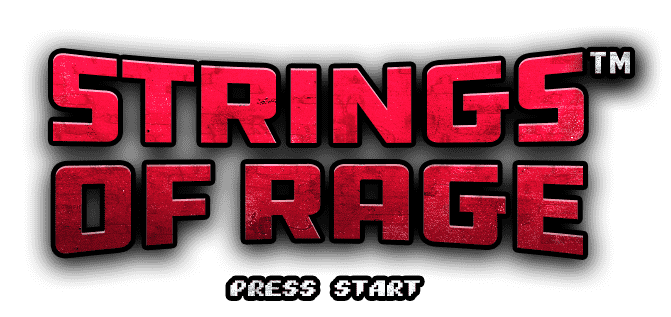

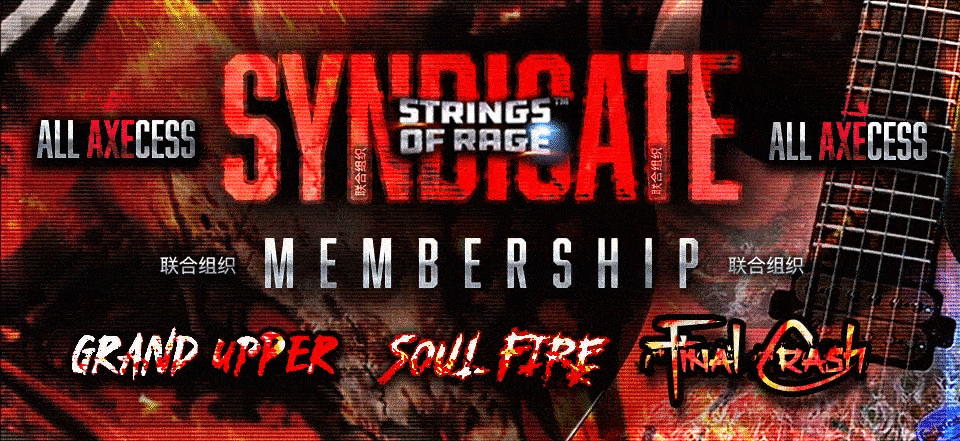
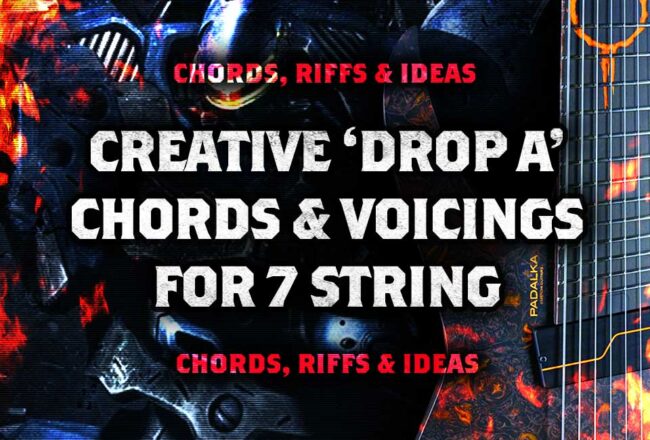

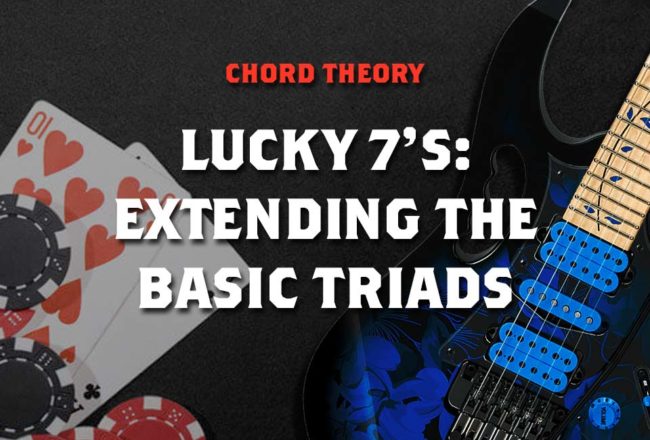



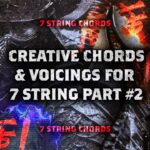


No Comment